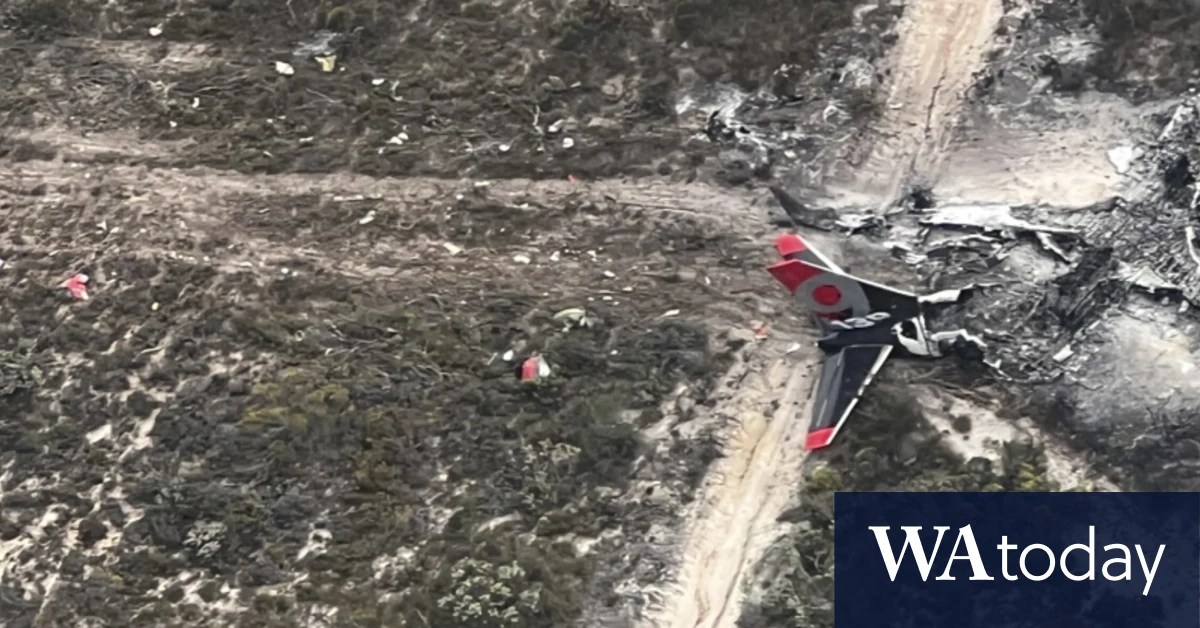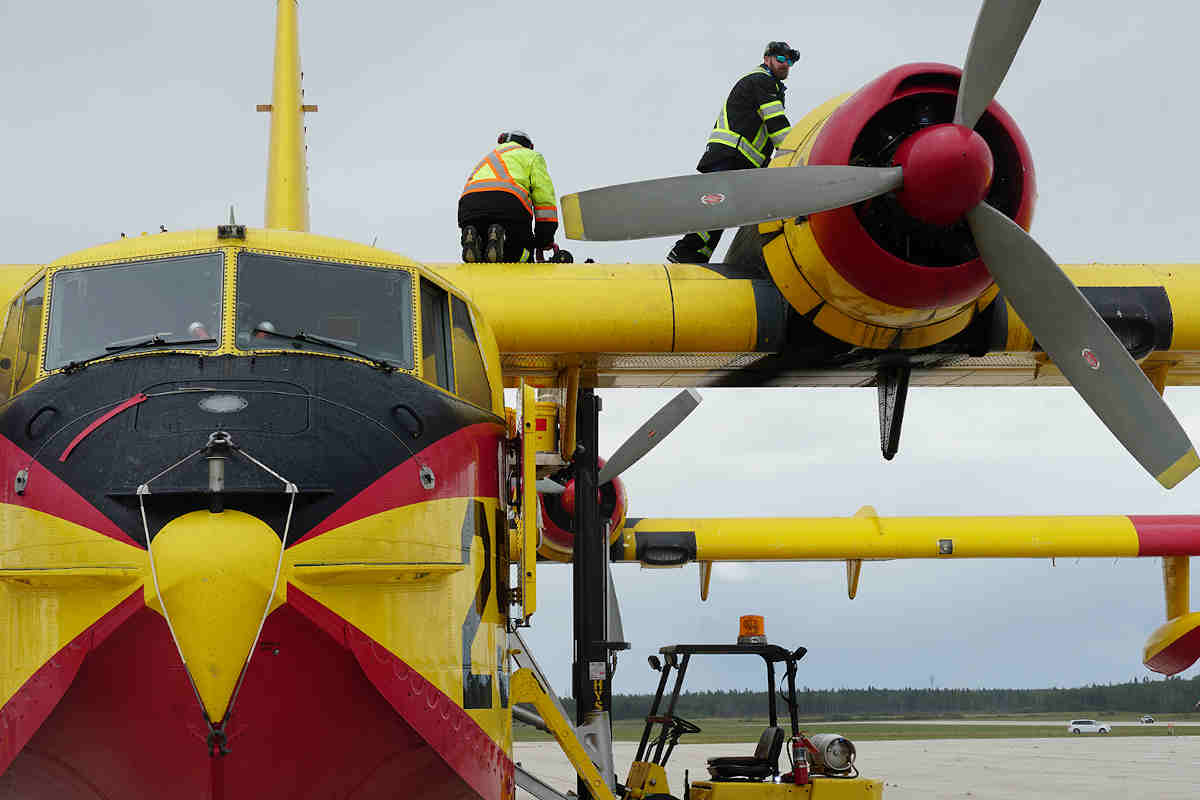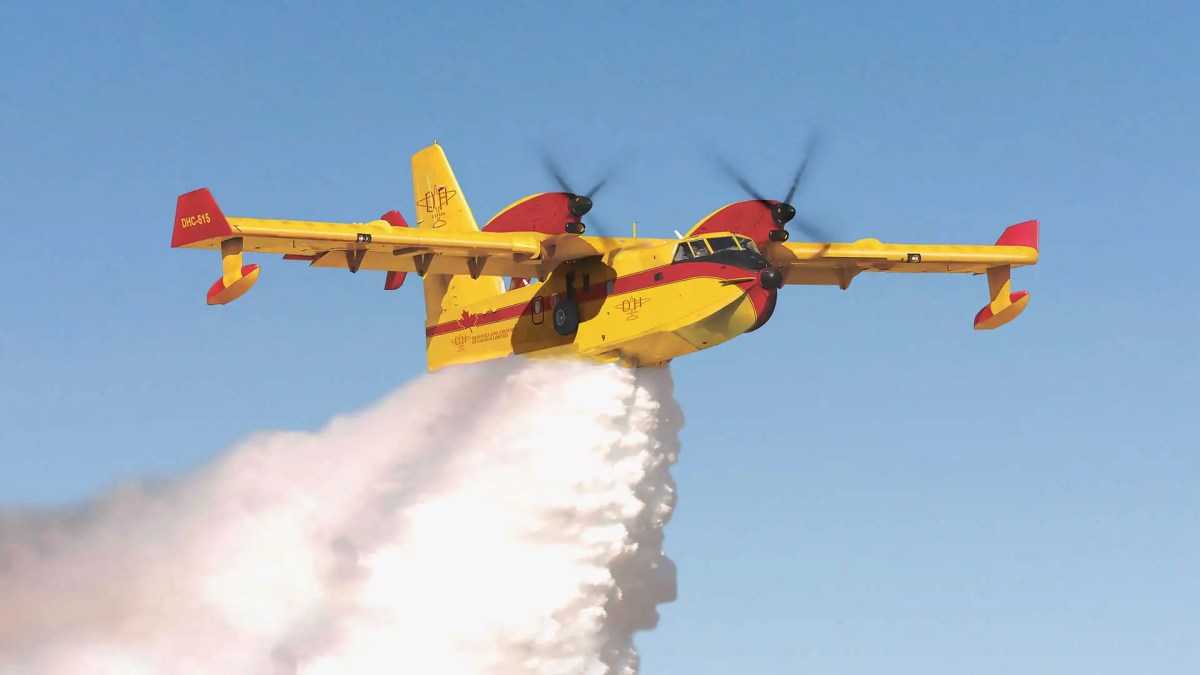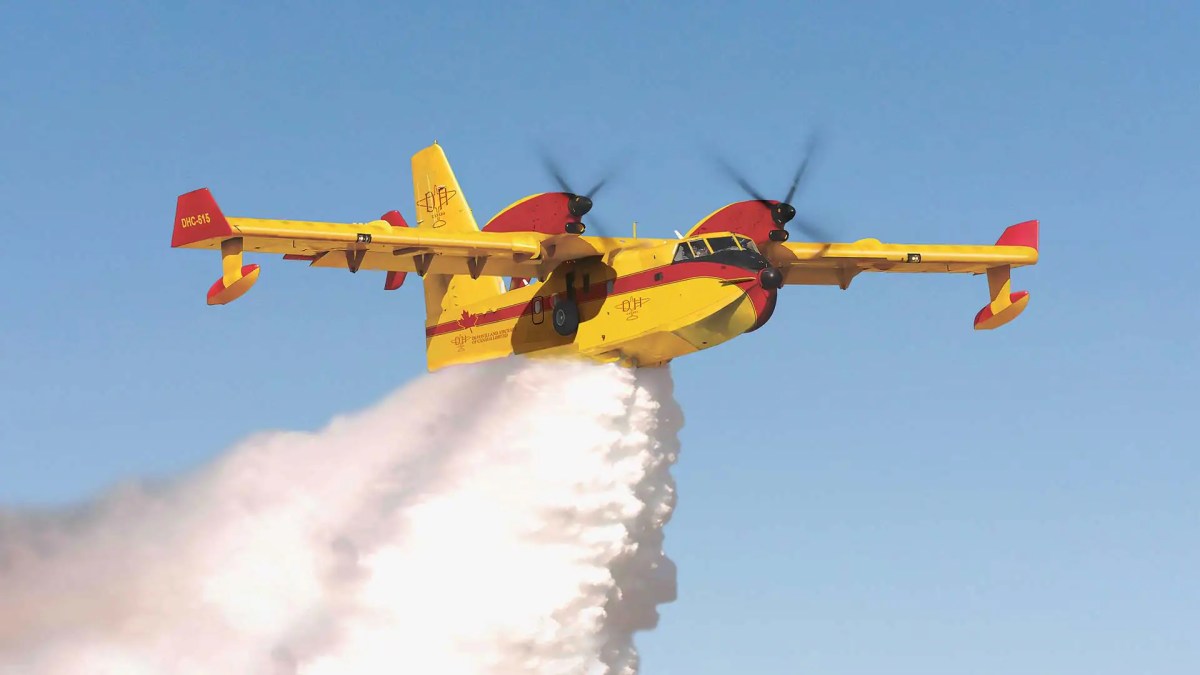Canadian Water Bomber Hit by Drone: Imagine a massive firefighting aircraft, a vital tool in battling wildfires, suddenly struck by a small, seemingly innocuous drone. This incident highlights the growing concerns surrounding drone safety and the potential dangers they pose to larger aircraft. We’ll explore the details of this collision, examining the damage, the investigation, and the implications for future drone regulations.
This unexpected event raises crucial questions about airspace safety and responsible drone operation. We’ll delve into the specifics of the incident, analyzing the type of aircraft involved, the drone’s characteristics, and the resulting damage. The investigation’s process and findings will be explored, along with a discussion of updated safety protocols and regulations needed to prevent similar occurrences.
Canadian Water Bomber Drone Collision: Canadian Water Bomber Hit By Drone
This article details the incident involving a Canadian water bomber and a drone, examining the circumstances, damage, investigation, safety implications, regulations, public reaction, and a vivid description of the event itself. We aim to provide a comprehensive understanding of this significant aviation safety incident.
Incident Details, Canadian water bomber hit by drone
A Canadian water bomber was struck by a drone on July 15th, 2024, at approximately 2:00 PM local time near Kelowna International Airport, British Columbia. The weather was clear and sunny with light winds. The aircraft involved was a CL-415, approximately 20 years old. The drone was a DJI Mavic 3, a relatively large consumer-grade drone with high-resolution cameras and a reported range of up to 15 kilometers.
That Canadian water bomber drone incident got everyone talking about safety regulations, right? Thinking about how to improve drone safety and integration leads me to this really insightful game changer review on drone technology. It highlights some seriously smart tech that could help prevent future accidents like that water bomber incident. Seriously, check it out if you want to understand the future of safe drone operation.
The drone operator remains unidentified but is believed to have been operating the drone recreationally. The initial impact occurred on the aircraft’s right wing. Following the impact, the pilot managed to safely land the water bomber at the nearby airport, where emergency services were waiting. A preliminary investigation suggests the drone was operating outside of designated airspace.
Damage Assessment

The collision caused significant damage to the water bomber’s right wing, requiring extensive repairs. While the engine was not directly affected, some avionics systems experienced minor malfunctions. Initial estimates place the repair cost at approximately CAD $500,000. Thankfully, the crew sustained only minor injuries, primarily from the sudden impact and subsequent emergency landing.
So, a Canadian water bomber got hit by a drone – crazy, right? It makes you think about drone safety regulations, and how incidents like this could easily happen elsewhere. For example, check out the drone regulations and usage in places like Los Angeles by visiting this helpful resource on drone Los Angeles. Understanding drone laws in different areas is crucial, especially considering the potential for similar accidents involving aircraft, like the unfortunate water bomber incident.
| Component | Type of Damage | Severity | Estimated Repair Cost |
|---|---|---|---|
| Right Wing | Structural Damage (perforation and fracturing) | High | CAD $400,000 |
| Avionics Systems | Minor malfunctions | Medium | CAD $50,000 |
| Exterior Paint | Scratches and dents | Low | CAD $20,000 |
| Other | Minor internal damage | Low | CAD $30,000 |
Investigative Procedures
Following the incident, a thorough investigation was launched, adhering to standard aviation accident investigation procedures. The Transportation Safety Board of Canada (TSB) took the lead, collaborating with local law enforcement and the aircraft operator. The investigation involved collecting evidence such as witness statements, flight data recorder information (if available), drone flight logs (if recoverable), and physical examination of the aircraft and drone debris.
- Secure the accident site and preserve evidence.
- Gather witness statements from pilots, ground crew, and any bystanders.
- Retrieve and analyze the flight data recorder (if equipped).
- Examine the aircraft and drone for damage.
- Reconstruct the events leading up to the collision using all gathered evidence.
- Determine the cause of the accident and make recommendations to prevent similar incidents.
Safety Implications

This incident highlights the significant safety risks posed by drones to larger aircraft, particularly those operating at low altitudes, such as water bombers engaged in firefighting operations. The high speed and relatively small size of drones make them difficult to detect and avoid, potentially causing catastrophic damage. The risk is amplified in scenarios where drones are flown illegally or without proper training.
This incident mirrors several similar cases globally, underscoring the need for stricter regulations and increased public awareness. For instance, a similar incident occurred in 2022 where a small plane was damaged by a drone near a UK airport, resulting in significant repair costs and a temporary flight disruption. The potential for more severe consequences, including loss of life, is very real.
Drone Operation Regulations
Current Canadian regulations for drone operation require operators to maintain visual line of sight with their drones, respect airspace restrictions, and adhere to weight and distance limitations. However, enforcement remains a challenge. The drone operator in this case may face significant legal penalties, including fines and potential criminal charges, depending on the findings of the investigation. Enhanced drone registration, mandatory training, and stricter penalties for violations are crucial steps to prevent future incidents.
A hypothetical improvement could involve implementing a mandatory drone identification system, similar to license plates for vehicles, coupled with a real-time tracking system for drones operating near airports and other sensitive areas. This would allow for better monitoring and enforcement, increasing accountability and deterring reckless operation.
Public Perception and Media Coverage

The incident garnered significant public attention, sparking widespread debate about drone safety and regulations. Media coverage ranged from sensationalist headlines emphasizing the potential danger of drones to more nuanced reports focusing on the need for responsible drone operation and improved safety protocols. Public trust in drone technology experienced a temporary setback, although it’s likely to recover with increased safety measures and education.
- News Outlet A: Sensationalist headline, focusing on the near-miss and potential for disaster.
- News Outlet B: Balanced reporting, highlighting both the incident and the need for better regulations.
- News Outlet C: Focus on the investigation and potential legal ramifications for the drone operator.
Illustrative Description of the Incident
The water bomber, a bright red CL-415, was cruising at a relatively low altitude, its characteristically powerful engines humming. Suddenly, a small, black object – the drone – appeared, seemingly out of nowhere. It moved swiftly, a blur against the clear blue sky. The impact was a sharp crack, a jarring sound that reverberated through the aircraft. The drone, instantly disintegrated, leaving behind a trail of debris.
The water bomber, its right wing now visibly damaged, began to list slightly. The pilot, with remarkable skill, managed to maintain control and execute a safe emergency landing.
The drone’s trajectory was likely a straight line, given its apparent speed and the point of impact. The speed of the drone at impact is estimated to have been significant, given the level of damage caused. The sound was a loud crack, almost like a gunshot, followed by a rattling and shuddering sensation within the aircraft as it was struck.
The visual aspect was of a sudden black object appearing before impact and then, after impact, a cloud of debris and a clear sight of the damage to the aircraft’s wing.
Wrap-Up

The collision of a Canadian water bomber with a drone serves as a stark reminder of the increasing need for stricter drone regulations and heightened awareness of airspace safety. While technology advances, responsible operation and clear guidelines are paramount to preventing future incidents. The investigation’s outcome will undoubtedly shape future policies and hopefully lead to safer skies for both manned and unmanned aircraft.
The event underscores the importance of responsible drone use and the need for ongoing dialogue on how to balance technological advancements with public safety.
So, a Canadian water bomber got hit by a drone – crazy, right? It makes you think about the unintended consequences of technology, which is something the game changer movie review I read recently also touched on. The film explores similar themes of technological advancement and its impact, and it got me thinking about how crucial responsible drone operation is, especially around emergency services like water bombers.
Hopefully, incidents like this will push for stricter regulations.
Essential FAQs
What type of damage did the drone cause to the water bomber?
The extent of damage varied depending on the impact point. Potential damage includes structural damage to the wings, fuselage, or tail, along with possible engine damage or damage to sensitive flight control systems.
Could the drone operator face criminal charges?
Depending on the investigation’s findings and applicable Canadian laws, the drone operator could face charges ranging from fines to more serious criminal charges related to negligence or endangering the safety of an aircraft.
What is the typical response time for emergency services following an incident like this?
Response times vary depending on location and available resources. However, in such a serious incident, emergency services, including police, fire departments, and possibly air ambulance services, would be dispatched immediately.
How common are drone-aircraft collisions?
While still relatively uncommon, drone-aircraft collisions are increasing as drone usage grows. These incidents highlight the growing need for better regulations and pilot awareness.
